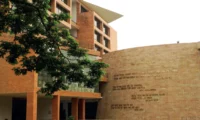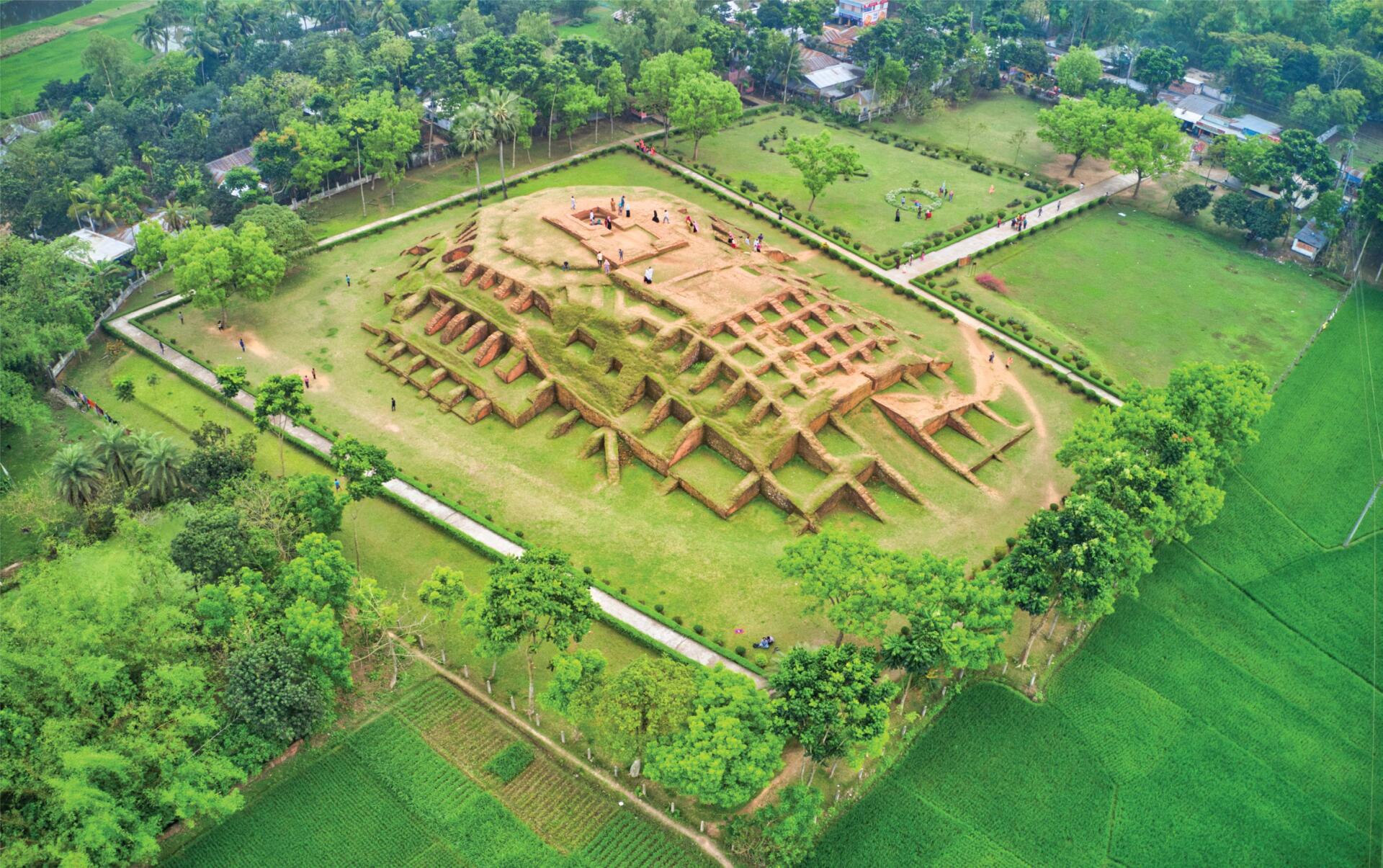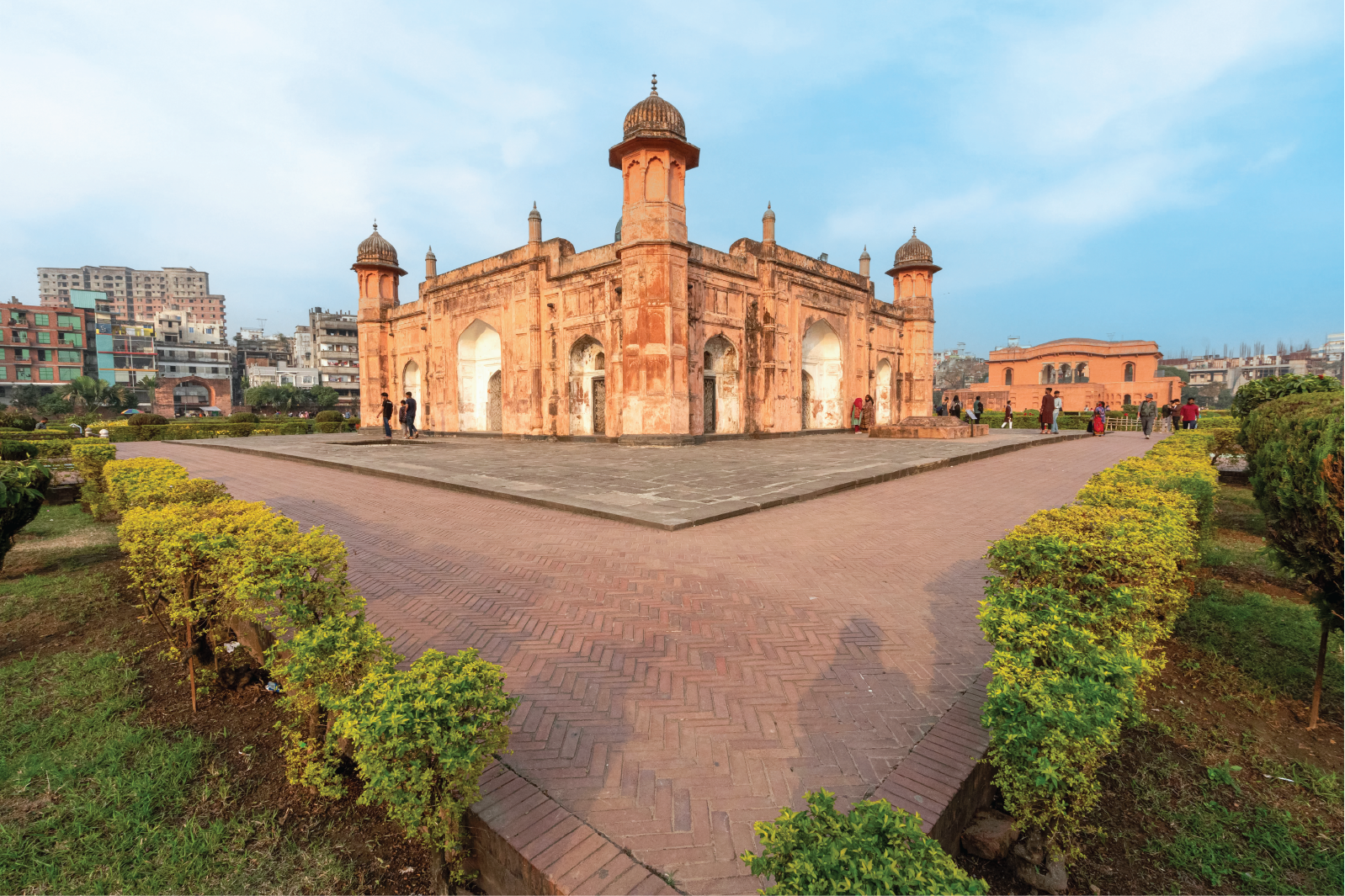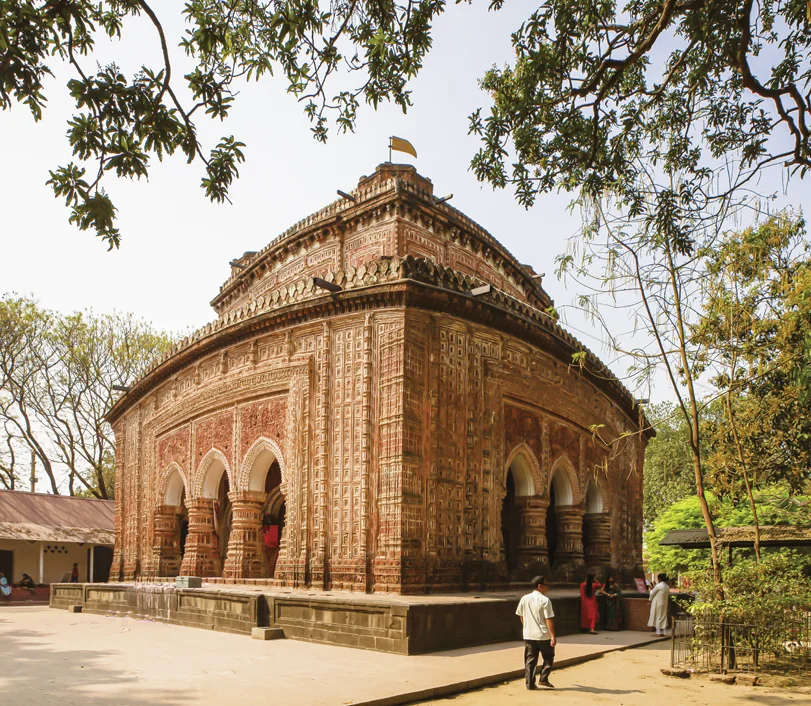
As you walk through that particular street of Armanitola where the Armenian Church has been perching for almost two and a half centuries, its white coloured skin subtly piercing you with an invitation to enter inside, a peculiar sillage coming to life from the hundreds of variants of notes from the line of perfume shops beside, mixed with the eerie scents carried by the winds flowing over the Buriganga which is just within a minute of walking distance, will hit your nostrils. Soon, you will start noticing all the examples of unplanned and unappetising architectures of different heights and looks that popped up in the recent decades and still keeps popping up every now and then with no signs of stopping, trying its best to engulf the church with the shadows of its murky glory. The current state of many of the historical structures that had been living in Old Dhaka for centuries, is just like the present attire of Old Dhaka that we gradually forced her to wear – a living testament of what we were, what we could have been and what we are now.

Despite our passionate habits of being collectively amnesic towards history and always letting our greed filthily winning over the importance of preservation of historic structures, some monuments somehow still managed to sail through the waves of time and survived.
While many are only skeletons of their mighty past or half alive with all their graciousness, some continue to breathe. As if in an endeavour to effortlessly remind us of the fascinating times that are by gone. The Armenian Church in Dhaka is one of them.
The Armenian Apostolic Church of the Holy Resurrection or simply known as The Armenian Church, is located in 4 Armenian Street, Armanitola between Armanitola and the Mitford Hospital Dhaka, is named after the Armenian Colony which settled here in the early 18th Century. It was built in 1781 on the ruins of an earlier chapel and later, in 1837, a steeple serving as a clock tower, was added towards the west, near the belfry. This collapsed during the earthquake of 1897.
The name of the church and the area it is situated in, easily gives off hints about certain aspects of its stories. When you think of historical structures, particularly about those which were built during the colonial era, it is obvious that you would relate it with the British period in Bengal. But the British were not the only Europeans who sailed here in the heydays of business and commerce in the region. The Dutch, Portuguese and notably French traders also set important businesses in parts of present-day Bangladesh with majority of the setups being in Old Dhaka. Another typically less talked about history of Europeans who set up a colony here only with the intentions of business, is the enthralling history of Armenians in Bangladesh. Although there is no exact record of when the Armenians first came to Dhaka but based on historians and the evidence of dates on ledger stones, it is assumed that they first came to Dhaka around early 18th century and most were engaged in the jute trade and the community was small but wealthy. Interestingly parts of the gardens of Shahbag, Ruplal House and the plot where Bangabhaban stands today, belonged to Armenian landlords.
As you enter the church premise, you will be welcomed by an inexplicable aura. When you start your curious walk inside the church compound, what will make you wander in wonder at first are all the ledger stones surrounding the main church building. A few of them dug even before the church was built, these are graves of Armenians who rest here, each with their different stories.
On one side, an age-old Armenian residence rests, almost in ruins and not allowed for visitors to enter anymore due to safety issues, as there are risks of it crumbling anytime. At another side amongst the calmness of ledger stones, stands a sundial. You will be even more surprised with a touch of eeriness after you enter inside the church and notice that there are ledgers stones beneath some of the benches of the prayer hall too. Imagine sitting on a bench set above someone’s grave who died decades back, spooky? There are also elements embodying biblical visuals, including a painting of a scene from The Last Supper. There are a plethora of details about the entire architecture of the church, the history of Armenians in Bangladesh, the context of their arrival and their life in Dhaka, etc., which are difficult to fit within the constraints of a magazine, and above all the distinct aura that spaces like these holds, which is almost impossible to portray with words in any format. And your best option to experience it is by visiting the space. With that being said, this magnificent monument might have breathed its last long back or would have been in the verge of turning into complete ruins, just like many of its kind in the area! But it solely survived due to one Armenian gentleman, Michael Joseph Martin.
The stories of what Martin did to ensure the survival of this last monumental remnant of Armenians in Dhaka, is beyond heroic. In the mid 1980s when the church was in a horrible state, Martin took charge of the place in a turn of events. Despite all the grievous hindrance he had to endure from the locals, including property-related issues which he solved at court, illegal grabbing of the space and misusing for profit, and even life threats, Martin along with the support of his family firmly managed to spearhead the restoration process and later dedicated the rest of his life to keeping the church breathing.
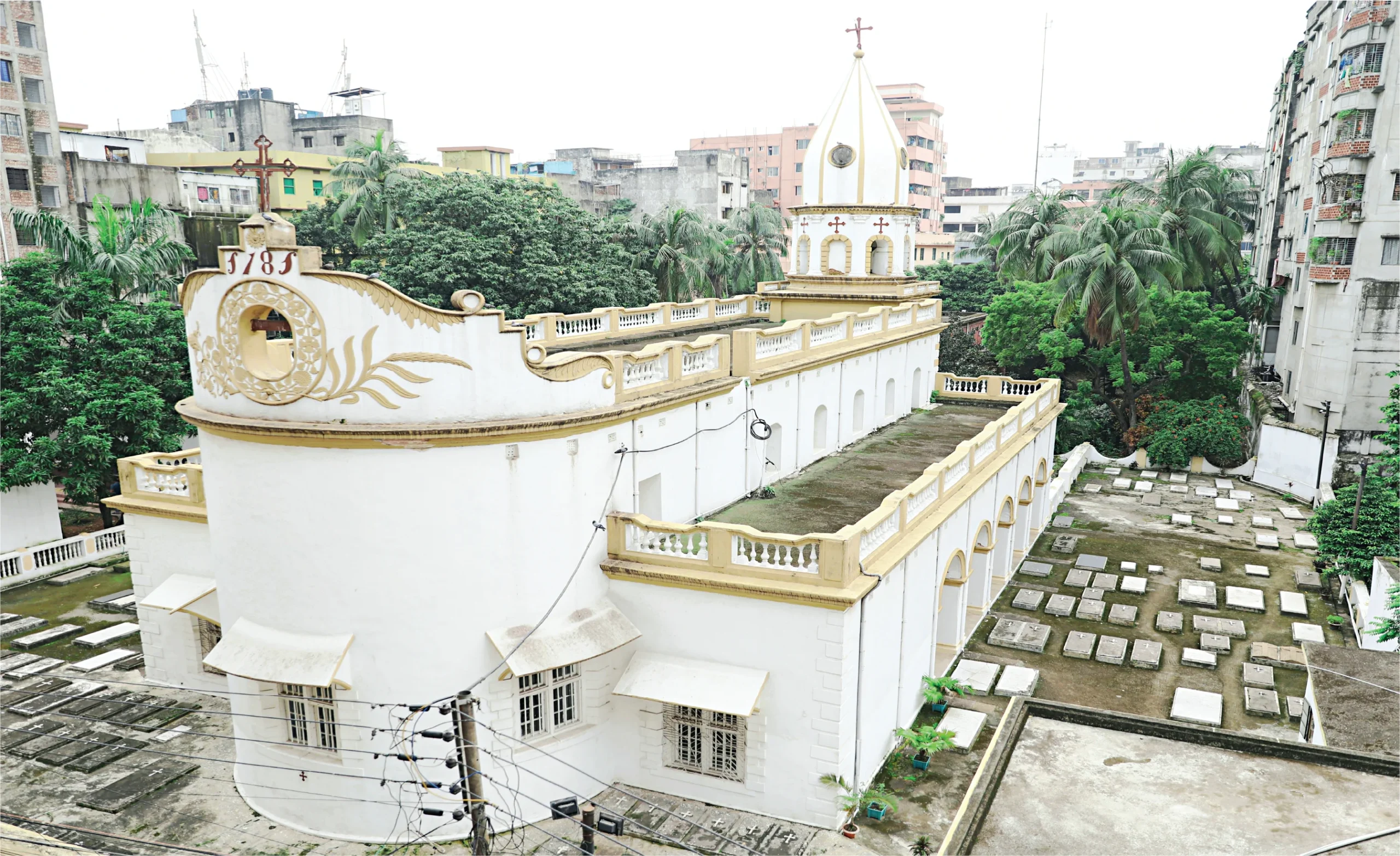
Martin was the last Armenian resident in Dhaka. Due to health issues, he had to move to Canada in 2014 to stay with his family. During the pandemic, the former custodian of the church passed away at the age of 89 and then his long-time assistant of more than three decades, Shankar Ghosh took charge as the full-time custodian of the church.
A Christian church, in a Muslim majority area, with a custodian of Hindu faith! In the book of Armenian Church, Shankar Ghosh is another incredible story. And with that, let me leave you. Why don’t you plan a visit to the church and hear the rest from Shankar Ghosh himself?
Written by Shahbaz Nahian










